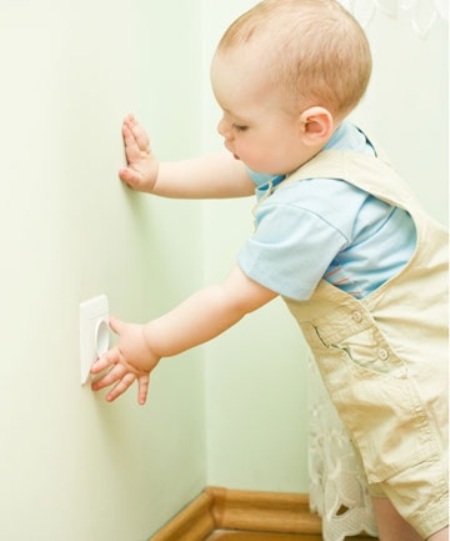
The global market for rheumatoid arthritis treatments is expected to grow at a CAGR of...
Learn More
Our consulting solutions address company specific challenges with respect to micro environment...
Learn More
Organizations frequently need day-today research guidancein order to gain strategic...
Learn More
Exploring different areas of market research and market analysis is a key factor...
Learn MoreAcute Market Reports presents the most extensive global business research services across industries. Our research studies focus on potential outcomes, benefits, and risks associated with each market segment across geographies. Having served our global clients for more than 10 years, our prime priority is to enable our clients in making well-informed business decisions through a data-driven, analytical, and uncomplicated research approach.
We provide access to the world's most comprehensive, analytical, and updated business intelligence services and solutions.




The sirolimus market is expected to grow at a CAGR of 4.2% during the forecast period of 2025 to 2033, driven by factors such as the increasing prevalence of chronic diseases, advancements in drug delivery systems, and expanding applications across d...
Read More
The baby-proofing market is expected to grow at a CAGR of 5.5% during the forecast period of 2025 to 2033. The baby-proofing market focuses on products designed to safeguard infants and toddlers in both residential and commercial settings. These prod...
Read More
The hair mask market is expected to grow at a CAGR of 5.5% during the forecast period of 2025 to 2033. Hair mask market is experiencing robust growth, driven by the rising consumer emphasis on hair health and the expanding array of hair care products...
Read More




